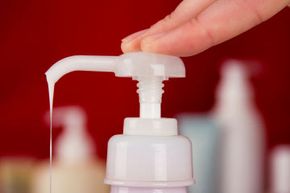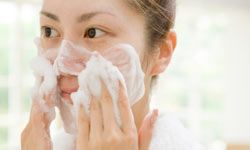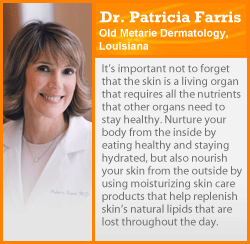The face wash aisle of the pharmacy or supermarket can be overwhelming -- hundreds of brightly colored bottles and tubes, all claiming to keep your skin looking perfect. But everyone is different and should use a product that's tailored to his or her own skin type.
One popular type of face wash is cleansing cream, which washes and moisturizes your skin, getting rid of dirt, sweat, makeup and bacteria. It is usually made from a combination of mineral oil, petrolatum, water and waxes [source: Draelos].
Advertisement
Cleansing creams were high in popularity several decades ago, back when the only other option for a cleanser was usually a variety of harsh bar soaps [source: Draelos]. Even though today there are lots of products on the market that offer alternatives for different skin types, cleansing creams are still a popular choice.
These cleansers may come in many different kinds of creams with their own methods of application. Some kinds might need to be applied to wet skin, massaged in until it forms a rich lather and then rinsed off. Others, such as cold cream, simply might require being applied to the skin and allowed to sit for a period of time before being either wiped off or removed with water.
If cleansing creams have maintained their popularity for so many years, there must be something to their success. What about the ingredients make this type of cleanser different from others?
Advertisement


